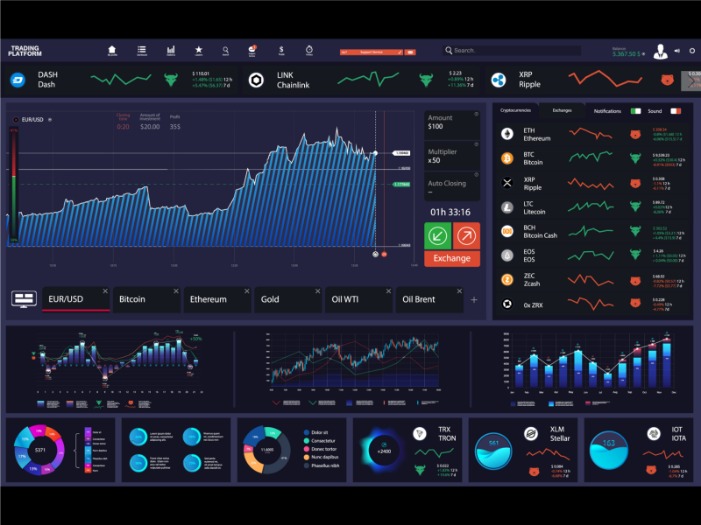An In-Depth Guide to Mastering Day Trading
Day trading is a potentially lucrative practice involving buying and selling financial instruments within the same trading day. The goal is to capitalize on small price movements, and it requires quick decision-making and a well-planned strategy.
Understanding Day Trading
Before diving into how to start day trading, it’s crucial to grasp the basics. At its core, day trading is making multiple trades in a single day, closing all positions by the market close to avoid overnight risks.
Key Characteristics of Day Trading
- High Volume of Trades: Multiple transactions in one day.
- Short Time Frame: Open and close trades within minutes or hours.
- Risk Management: Use of stop-loss orders and hedging strategies.
- Technical Analysis: Heavy reliance on charts and patterns.
How to Start Day Trading
Becoming proficient in day trading involves several steps:
Educate Yourself
- Learn the Basics: Understand financial markets, instruments, and day trading strategies.
- Study day trading patterns for beginners: Familiarize yourself with common charts and technical patterns.
Set Up Your Account
- Select a Reliable Broker: Choose one with low fees, good execution speed, and robust trading platforms.
- Paper Trading: Practice on simulation accounts before committing real money.
Develop a Trading Plan
A comprehensive plan might include:
- Entry and Exit Rules: Define criteria for buying and selling.
- Risk Management: Determine risk/reward ratios and set stop-loss orders.
- Performance Analysis: Regularly review trade outcomes to refine strategies.
Popular Day Trading Strategies
Scalping
This involves making numerous small trades to gain tiny profits repeatedly throughout the day.
Momentum Trading
Traders leverage high volume stocks showing strong upward or downward trends to earn profits.
Range Trading
Read more about day trading strategies here.
This strategy focuses on stocks that fluctuate within a specific range, buying at the low end and selling at the high end of the range.
Breakout Trading
Traders capitalize on stocks that break through known resistance or support levels, indicating strong future movement.
Day Trading Patterns for Beginners
Double Top and Double Bottom
These patterns help traders predict market reversals and identify sell or buy opportunities.
Head and Shoulders
Often used to spot reversal patterns, indicating a bearish or bullish trend.
Flags and Pennants
Signal short-term continuation patterns, useful in identifying entry points during a strong trend.
Frequently Asked Questions
What is Day Trading?
It is the practice of buying and selling financial instruments within the same trading day to avoid overnight risks.
How Much Capital is Needed to Start Day Trading?
For pattern day traders in the U.S., a minimum of $25,000 is required in the trading account to comply with FINRA rules.
Is Day Trading Risky?
Yes, due to the inherent volatility and quick decision-making required, it carries significant risk, making risk management essential.




Leave a Reply